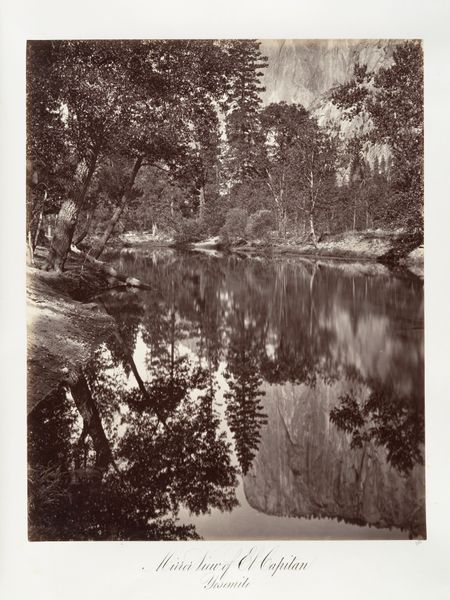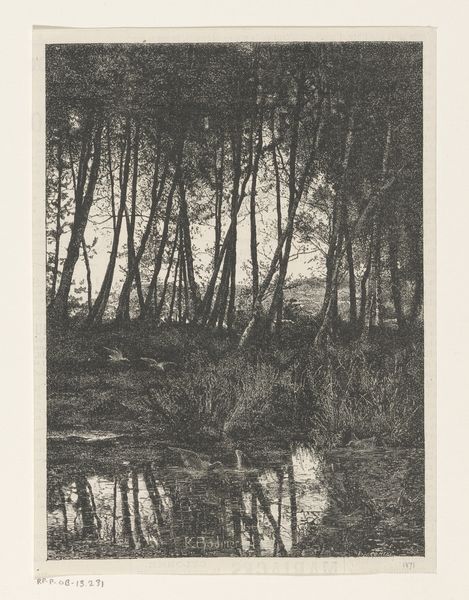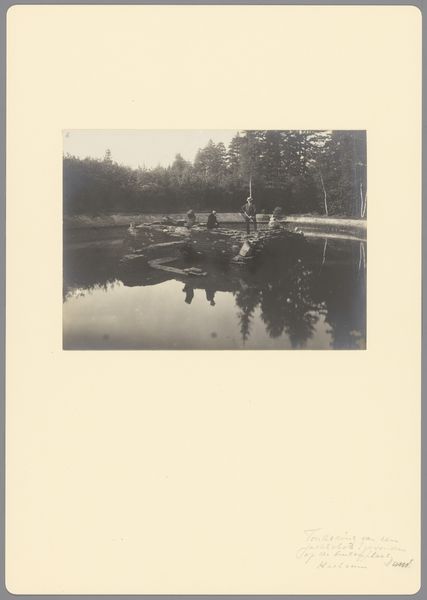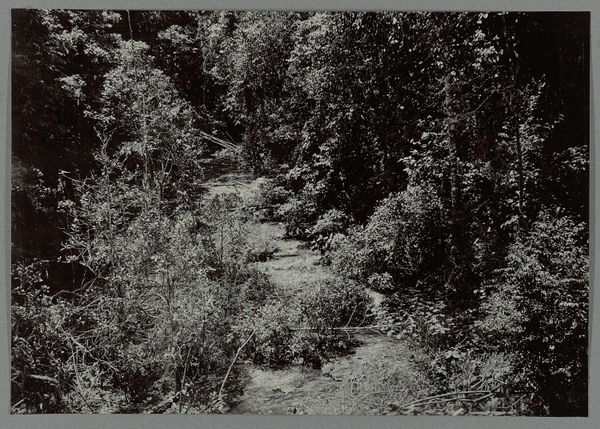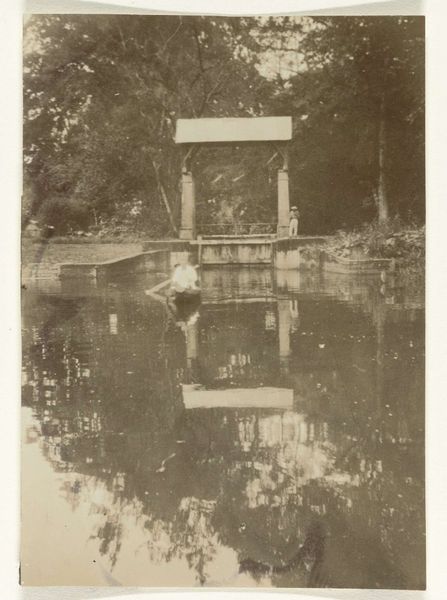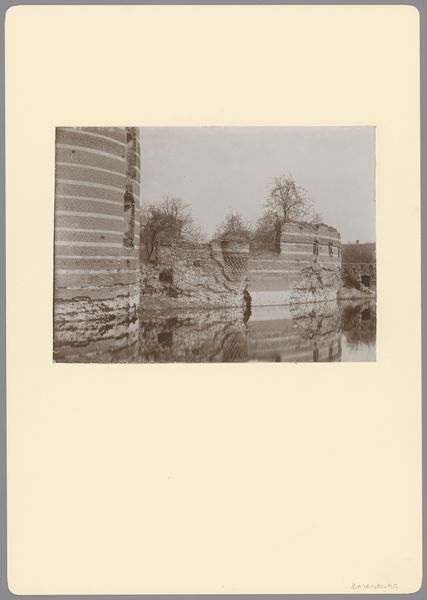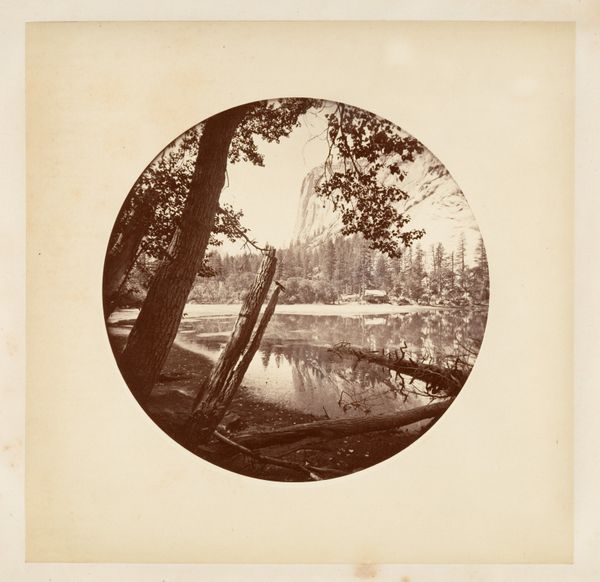
photography, gelatin-silver-print
#
landscape
#
nature
#
photography
#
gelatin-silver-print
#
hudson-river-school
#
realism
Dimensions: Image: 33.5 x 26.8 cm (13 3/16 x 10 9/16 in.)
Copyright: Public Domain
This photograph of Yosemite's South Dome was taken by Carleton Watkins in the late 19th century, using the wet plate collodion process. This painstaking technique required Watkins to coat a glass plate with light-sensitive chemicals, expose it in a large-format camera, and then develop the image immediately—all done in a portable darkroom. The resulting photograph, printed on albumen paper, captures an incredible amount of detail. Look at the way the water reflects the surrounding trees and the imposing presence of the South Dome in the distance. Watkins wasn't just making pretty pictures; he was documenting the American West at a time of rapid industrialization. His photographs, circulated widely, played a role in shaping public opinion and ultimately led to the creation of Yosemite National Park. Think of this image, then, as an early example of how photography could influence environmental awareness and conservation efforts. It’s a powerful reminder of the impact that a single image can have.
Comments
No comments
Be the first to comment and join the conversation on the ultimate creative platform.
